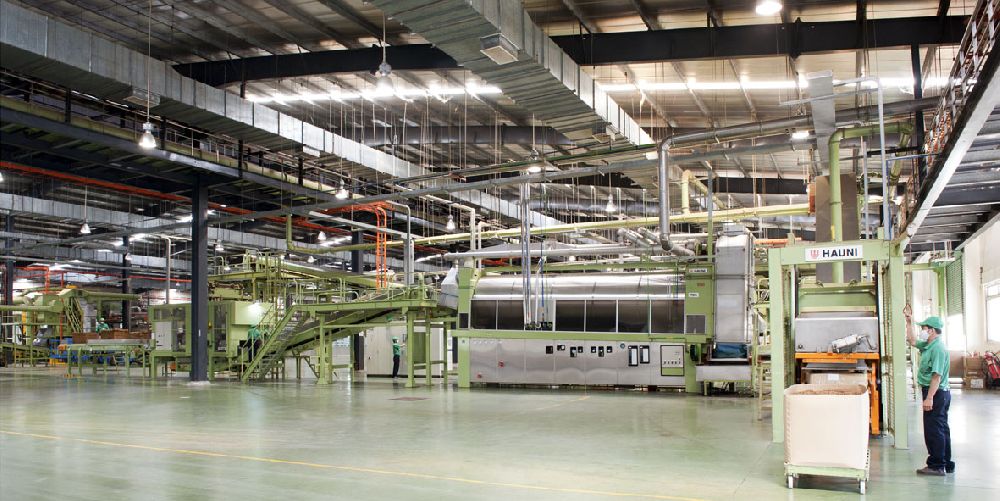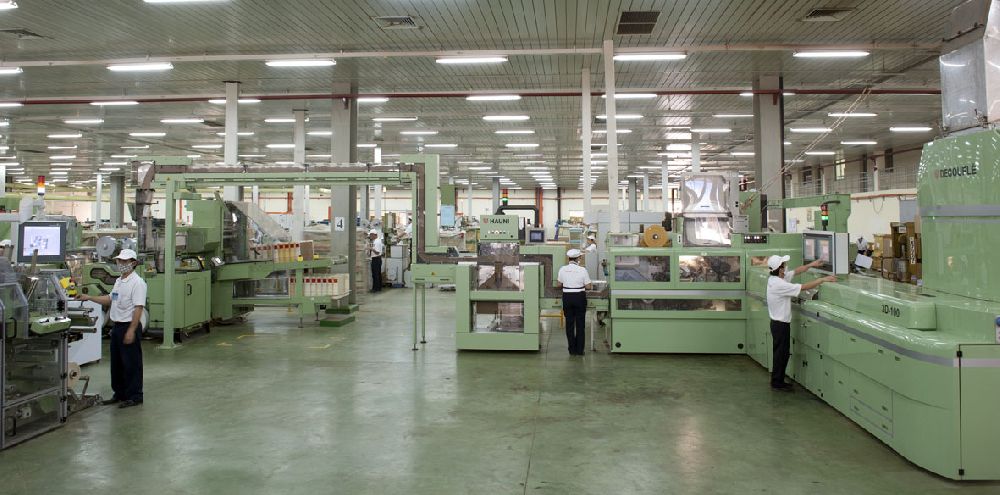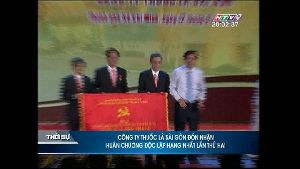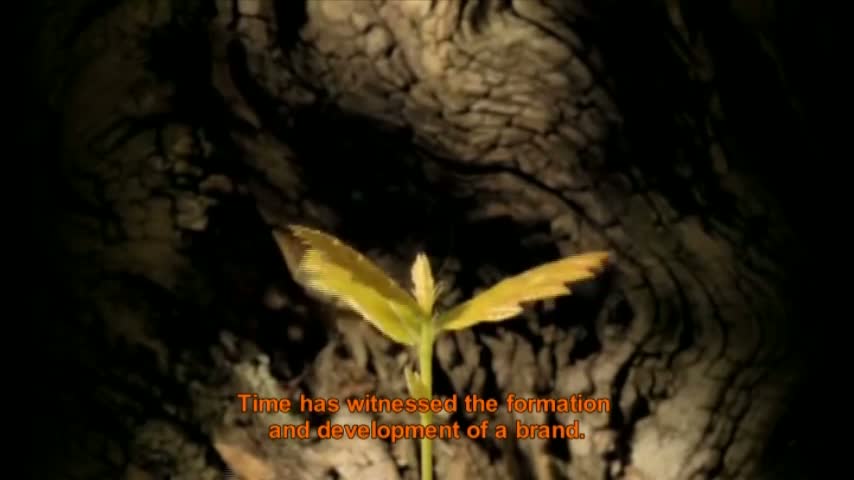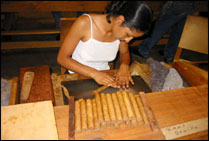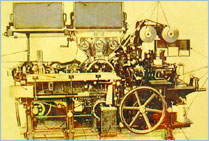News
 RE-EXPORT OF SMUGGLED CIGARETTES
RE-EXPORT OF SMUGGLED CIGARETTES 
 25/10/2016
25/10/2016 Vinataba Saigon Veterans Committee participated in Singing Contest for Veterans in Binh Chanh Dist. 2016
Vinataba Saigon Veterans Committee participated in Singing Contest for Veterans in Binh Chanh Dist. 2016 
 07/10/2016
07/10/2016 Children of employees honored for good achievements during school year 2015-2016 in commendation ceremony held...
Children of employees honored for good achievements during school year 2015-2016 in commendation ceremony held... 
 07/10/2016
07/10/2016 Vietnam National Tobacco Corporation: basically completed the restructuring scheme
Vietnam National Tobacco Corporation: basically completed the restructuring scheme 
 07/10/2016
07/10/2016 “Office Informatics Contest 2016”
“Office Informatics Contest 2016” 
 06/10/2016
06/10/2016
Tobacco History
WHAT IS TOBACCO?
Tobacco plant belong to the same family as tomato, potato, pepper and eggplant. This plant is the most cultivated crop of the genus tobacco, due to its adaptability, it can grow in region between 50 ° north latitude and 40 ° south latitude. Tobacco plant is very suitable for intensive farming; many crops, such as corn, would grow well when they are planted after tobacco crop. Tobacco leaves can be harvested and used to process into various kinds of cigarettes, cigars, tobacco, pipe tobacco or other forms.
Tobacco plants are widely adapted. Under the direct influence of human, tobacco plants nowadays are very diverse, varying from quality, appearances and flavors. Some well-known varieties such as: dried yellow Virginia tobacco (USA, Zimbabwe…), Oriental tobacco - specialty of the Mediterranean, Cuban cigars and Sumatra cigars (Indonesia)…
NAME
Before, tobacco is known by various names such as La Herba Sanena (medicinal plant), Herba Panacea (panacea plant), L'Herbe Estrange (anomaly medicinal plant), ... In memory of Jean Nicot, a French ambassador to Portugal from 1559 to 1561, who is credited with spreading tobacco’s popularity to Europe, the official scientific name of tobacco is set to Nicotiana. Today, tobacco names are quite similar in many countries like Tabacco (English), Tabak (German, Russian), Tutun (Turkish, Romania) ...
HISTORY AND DEVELOPEMENT OF TOBACCO INDUSTRY
Wild tobacco plant was found about 4,000 years ago, coinciding with the civilization of the Indians in Central and South America. The history of tobacco industry was marked when Christopher Columbus discovered America, where he saw islands natives in Antil dancing while smoking a curled leaf called Tabaccos.
After that, tobacco was brought to Europe around the year 1496-1498 by Romam Pano (a Spanish missionary) when he came back after a trip to America. In 1556, Andre Teve brought back tobacco plant seed from Brazil to grow in Spain and Portugal. Jean Nicot, the French ambassador in Lisbon, presented to the French queen Catherine de' Medici tobacco leaves to cure her migraines, thus spreading the popularity of tobacco in Europe.
After a visit to the United Kingdom, Petro Valeski introduced tobacco to Russia and the plant has been grown there since 1697. King Suleiman of Bulgaria had tobacco grown in his country around 1687. In Asia and the Pacific, tobacco has been grown from the 18th century.
In 1592, a century after Columbus discovered the Americas, tobacco had been grown in Belgium, Spain, Switzerland and the UK, then spread to the Philippines, India, Java, Japan, West Africa, China. Tobacco was even brought to Mongolia and Siberia by merchants.
The Spanish and Portuguese paved the way for the "Age of Discovery", which led to the expansion of world market and the rapid development of trade and industry. The Netherlands, France, Belgium also jumped into the competition for world market. And tobacco was one of the most important goods that European brought to Asia and Africa to trade.
In the seventeenth century, tobacco has become a controversy in Europe. The use of tobacco has divided society opinions, but European governments could not prohibit the tobacco industry because of the huge amounts of money collected from the tobacco tax to the national budgets.
At the end of XVIII - XIX century, America & European countries had completed the industrial revolution. New scientific and technical inventions had helped to spur the speed of industrial production. In this background, the tobacco industry was born and became more profitable than ever.
In 1881, James Bonsack, an American inventor, had invented a machine that could produce 120,000 cigarettes a day.
21 years later, James "Buck" Duke, who became the first president of British American Tobacco, bought 02 of this machine and his family tobacco company turned into a cigarette manufacturer. With the speed of mass production, cigarettes gradually became cheaper and replaced other kinds tobacco smoking such as pipe, chewing and snuff.
In the late nineteenth century and the twentieth century, it was the era of monopoly capitalism. Small companies that could not compete had to file for bankruptcy or be incorporated into bigger corporations. These monopoly manufacturing conglomerates had more capital, advanced technology, high productivity, high product quality and gradually dominated the world market.
Multinational tobacco corporations such as B.A.T, Philip Morris (USA), Japan Tobacco International (Japan), Imperial and Gallaher (UK), the Group Altadis Franco - Spanish (French - Spanish) ... currently dominate the world market by concentrating on tobacco growing, blending, specialized machines and accessories for cigarette production.
After World War II, countries which gained independence from the colonial powers such as China, Indonesia, North Korea, India, Philippines, Egypt, Pakistan, Vietnam… also began to cultivate and develop their tobacco industry.
Today, the rapid development of the biotechnology, processing industry and cultivation techniques have contributed to improve the quality of raw materials for production and diversify types of tobacco products to serve demand for increasingly diverse tastes.



